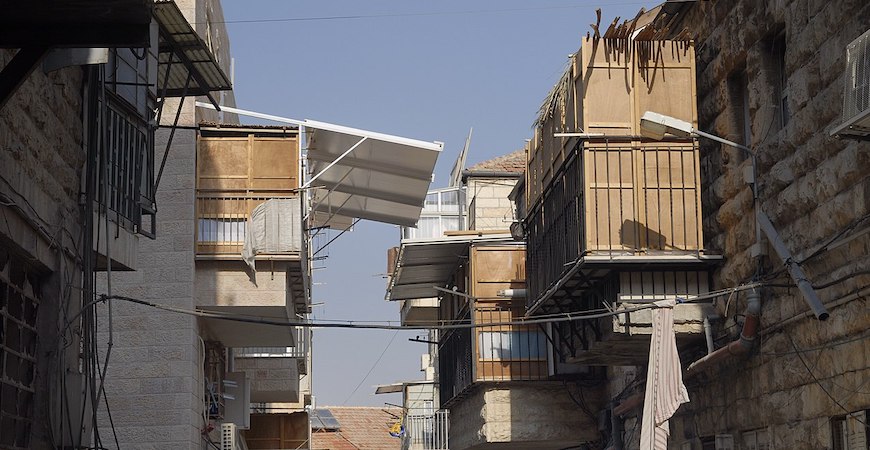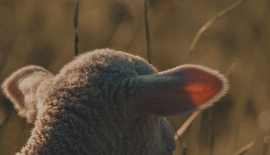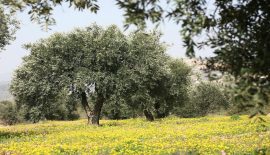The Sukkah
Four walls and a thin thatched roof…
That’s all it is – that’s all it is.
Our little house is crafted swiftly;
Some reeds, some nails and a bit of wood
Joined together done and dusted
Lo and behold: the Sukkah is crafted!
In May 1918 Clara Pinkhof wrote this Dutch nursery rhyme about the Sukkah (Sukkos in Ashkenazi).
One time it is said in Torah: “All native-born Israelites are to live in temporary shelters for seven days” (Leviticus 23:42). The reason is provided as well: “so your descendants will know that I had the Israelites live in temporary shelters…” (Leviticus 23:43).
“What is a sukkah? What does it mean to live in the sukkah?”
What is a sukkah? What does it mean to live in the sukkah? The oral Torah or Mishna answers these and similar questions. The oral Torah makes practical what is assumed in the written Torah.
The Hebrew word “sukkah” is related to a verb that means “to cover”. So, what is really important is the rooftop. The sukkah recalls the living in the desert under God’s care. It is also a symbol of the transience of existence. The used materials all have a temporary quality.
“Through the rooftop you must still be able to see the open sky”
The rooftop (Hebrew: schach) is plant material, like branches, leaves or bamboo stems, but so sturdy that it will hold for a week. When is the rooftop fully fledged? If you have more shade than sun inside the sukkah. But through the rooftop you must still be able to see the open sky. The sukkah should not be under a canopy or a tree or something similar. The sukkah must have at least two solid walls, one partial wall and a door. But mostly it is built with four walls. Contrary to the rooftop the walls can be made of anything, like boards or canvas, provided the canvas is attached properly and doesn’t flap in the wind.
It is customary to start the preparations for building the sukkah immediately after the conclusion of Yom Kippur. There are ready-made kits available. But it is much more fun to collect the materials yourself as a family.






